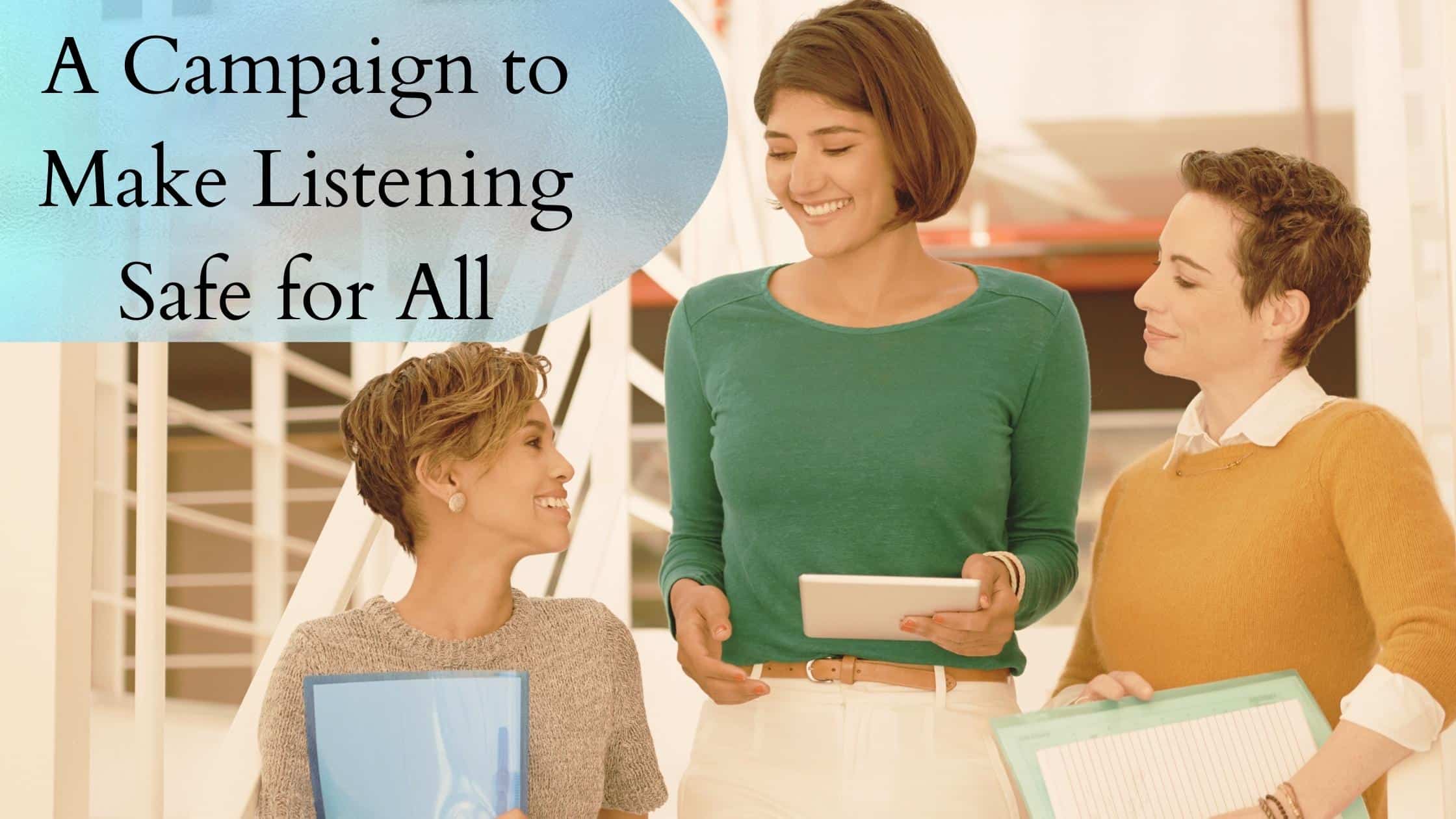A new and powerful initiative from the World Health Organization (WHO) aims to educate and improve listening habits, particularly in younger people. Established in 2015, the Make Listening Safe working group draws together stakeholders and experts from across the global arena, collaborating on the important issue of listening safety for people today and those of the next generation.
Under their guidance, fresh recommendations for safe listening practices that address recreational hazards have been trumpeted by the WHO and other leading hearing health organizations.
Why does volume matter?
Our sense of hearing is a magnificent and complicated system that evolved over six million years. Within only the last few hundred years, humans have put unprecedented strain on those delicate systems due to an increased amplification of our world.
At greatest risk to damage from too-loud noises are the fine cells of the inner ear. These cells receive noise from the external world and turn it into sound information which is then transmitted to the brain. Excessive volumes, greater than 85 decibels, cause damage to the inner ear cells. They are non-regenerative cells, which means that when harmed they do not regenerate or repair themselves. Instead, we lose those cells and access to the widest range of sounds possible. Our sense of hearing suffers as the brain receives less sound information.
Where does the danger threshold lie?
As mentioned, our threshold for risk-free volumes lies below 85 decibels (the unit of measurement for sound). As volumes increase above this limit, we must then constrict the amount of time we are exposed. For instance, one can be in a sound environment that exceeds 85 decibels for around eight hours before damage is done.
However, increase the volume by just 15 decibels, and our exposure time lessens dramatically. In sound environments of 100 decibels, we only have a window of 15 minutes before we risk permanent damage. In listening situations where volume registers at 120 decibels, a few minutes of exposure can result in irreversible hearing loss.
Occupational noise and hearing loss
We often think about the dangers of excessively noisy workplaces. Globally, 16% of hearing loss in adults is caused by exposure to excessive noise in the workplace. Within the United States, federal protections have been in place since the early 1980s. Under the oversight of the Occupational Safety and Health Administration (OSHA), workers cannot be exposed to noises exceeding 85 decibels without interventions like limiting the time of exposure, providing hearing protection, and intervening with sound barriers.
While the risk of hearing loss for workers remains, the WHO campaign is targeting a more insidious wave of recreational behaviors associated with increased hearing loss.
Does increased headphone use increase risk?
We are plugged in like never before. Previous estimates regarding the dangers of headphones are based on behavioral patterns of the 1980s and 1990s when headphones were expressly used for listening to music. With the rising ubiquity of personal devices and an increasingly digital world, we now incorporate headphones into much larger portions of our days.
Beyond listening to your favorite cassette, we use earbuds to stream films, television, social media, and gaming entertainment. We are now virtually participating in meetings, training, and classroom education where earbuds are likely the sound provider.
Recommendations for safe listening practices
We can all stand to review safe listening practices when it comes to personal devices, regardless of age. Never use maximum volumes on your devices, which can measure up to 110 decibels in our earbuds.
Instead, try to maintain at or below half of the maximum volume and do not exceed two-thirds of maximum volume.
Other recreational risks of noise exposure
The WHO estimates that 1.1 billion young people throughout the world are in danger of hearing loss due to these unsafe listening practices. Additionally, nightclubs (the stomping grounds of young folks throughout the world) do not have a standardized practice for keeping their at-risk patrons safe. In these venues, volumes regularly exceed 100 decibels.
For older adults who aren’t hitting nightclubs, consider that recreational activities like live concerts, stadium sporting events, shooting, snowmobiling, and jet skiing are all risky hearing health hobbies. Remember that your hearing health is a priority and use cautionary measures like hearing protection to maintain your optimum listening experience throughout life.

